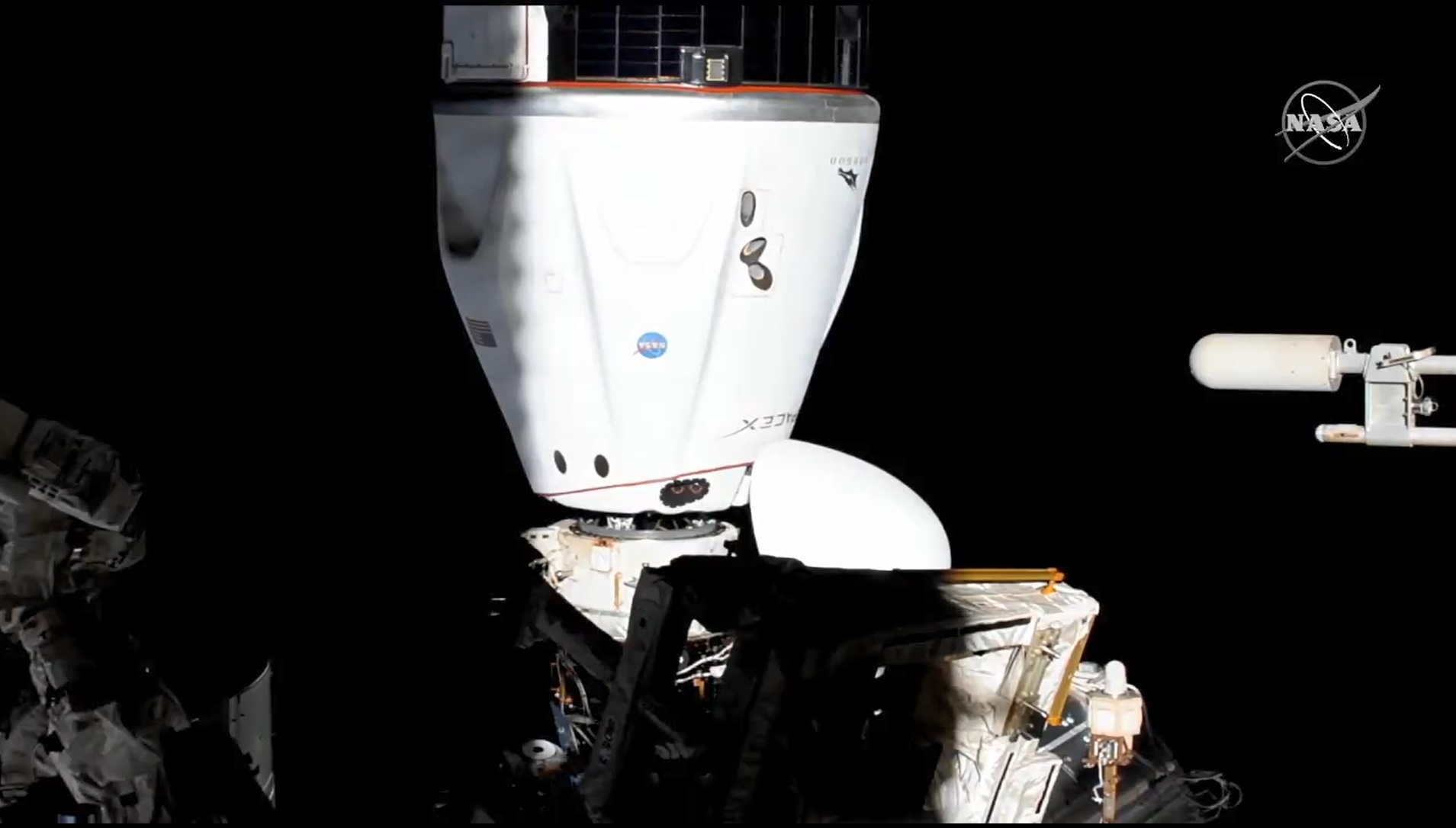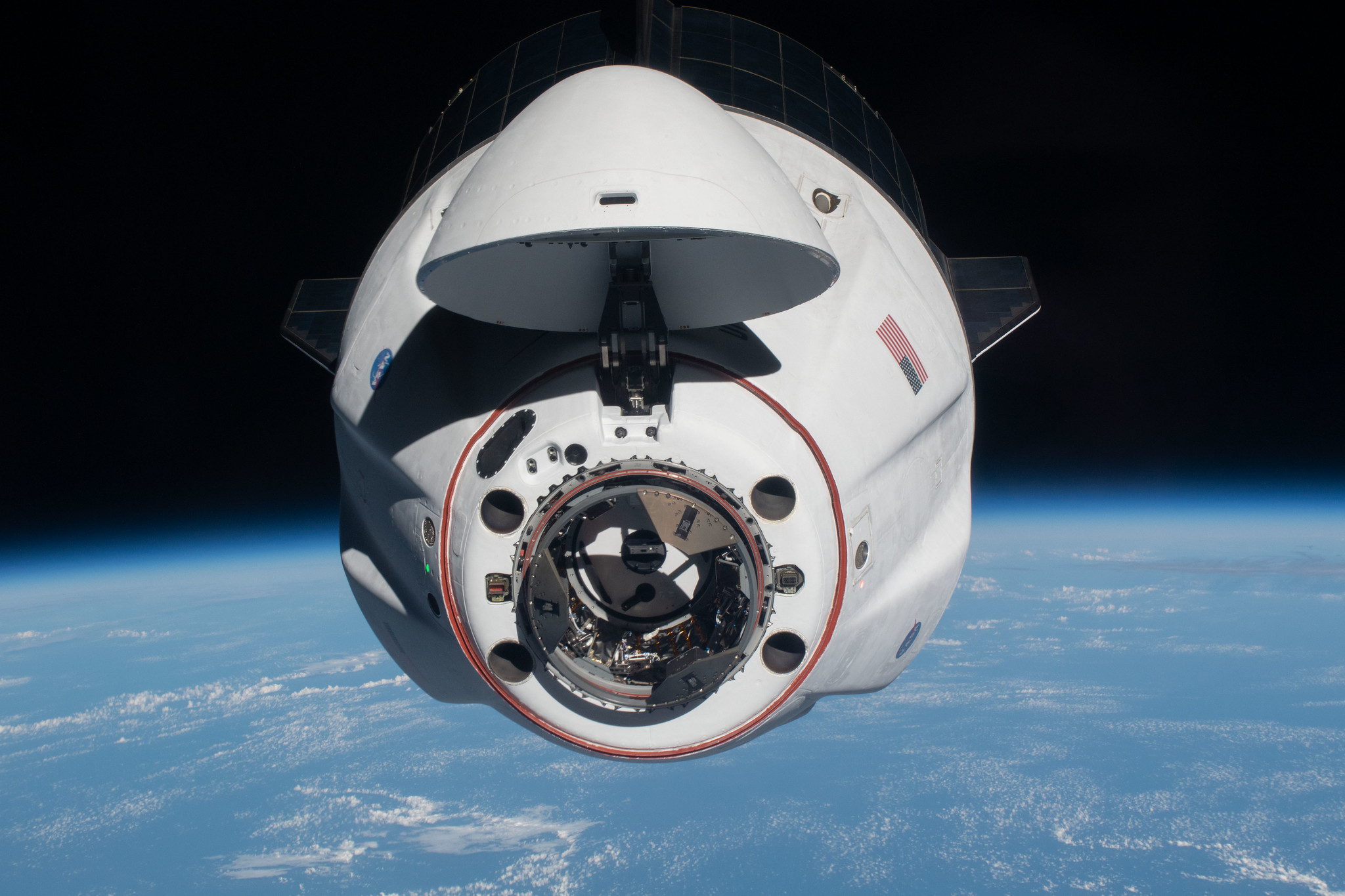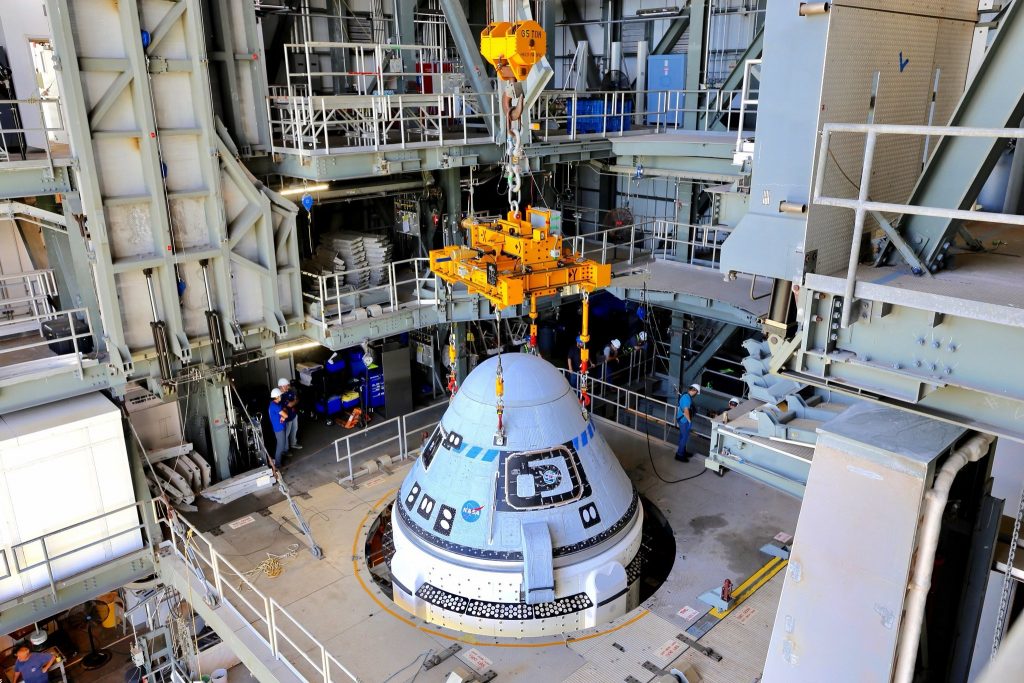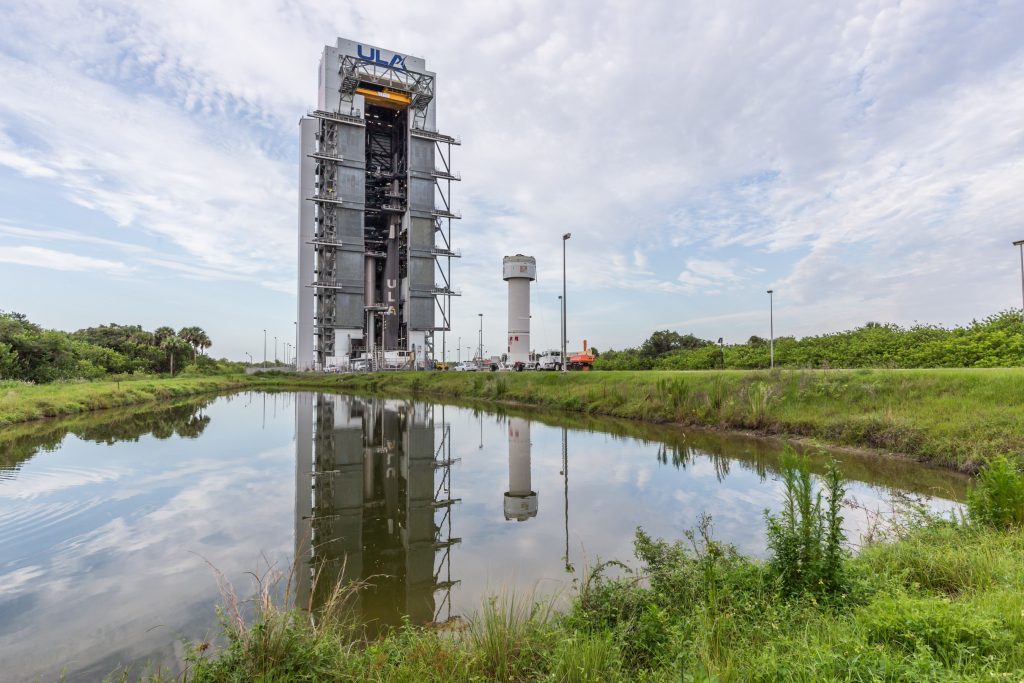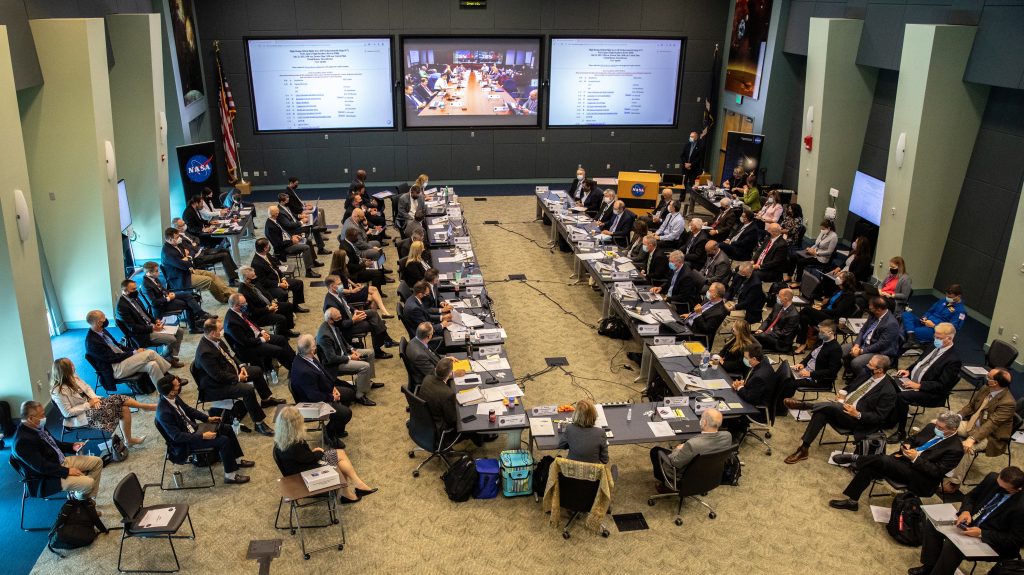
NASA and Boeing are holding a Flight Readiness Review (FRR) today at the agency’s Kennedy Space Center in Florida in preparation for the Orbital Flight Test-2 (OFT-2) mission to the International Space Station as part of the agency’s Commercial Crew Program.
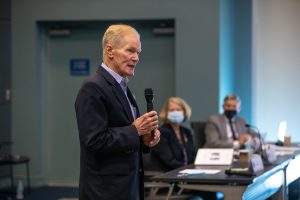
Teams have gathered to hear presentations from key mission managers as part of an in-depth assessment on the readiness of flight for Boeing’s CST-100 Starliner spacecraft and systems, mission operations, support functions and readiness of the space station program to support Starliner’s mission to the microgravity laboratory.
Kathryn Lueders, associate administrator for NASA’s human exploration and operations, is leading the meeting. The senior Boeing official at the review is John Vollmer, vice president and program manager for Boeing’s Commercial Crew Program. The meeting will conclude with a poll of all members of the review board.
At 6 p.m. or one hour after the readiness review, NASA and Boeing will hold a media teleconference to discuss the review and status to flight with the following participants:
- Kathryn Lueders, associate administrator, Human Exploration and Operations Mission Directorate at NASA
- Steve Stich, manager, NASA’s Commercial Crew Program
- Joel Montalbano, manager, NASA’s International Space Station Program
- John Vollmer, vice president and program manager, Boeing Commercial Crew Program
- Norm Knight, director, NASA’s Flight Operations Directorate
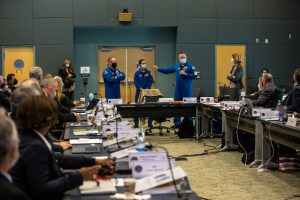
The teleconference will be streamed at http://www.nasa.gov/live.
Launch of Starliner is targeted at 2:53 p.m. EDT Friday, July 30, on a United Launch Alliance Atlas V rocket from Space Launch Complex-41 on Cape Canaveral Space Force Station in Florida; the spacecraft will rendezvous and dock with the orbiting laboratory about a day later.
The flight test will provide valuable data NASA will review as part of the process to certify Boeing’s crew transportation system is as safe as possible for carrying astronauts to and from the space station.
More details about NASA’s Commercial Crew Program can be found by following the commercial crew blog, @commercial_crew and commercial crew on Facebook.

